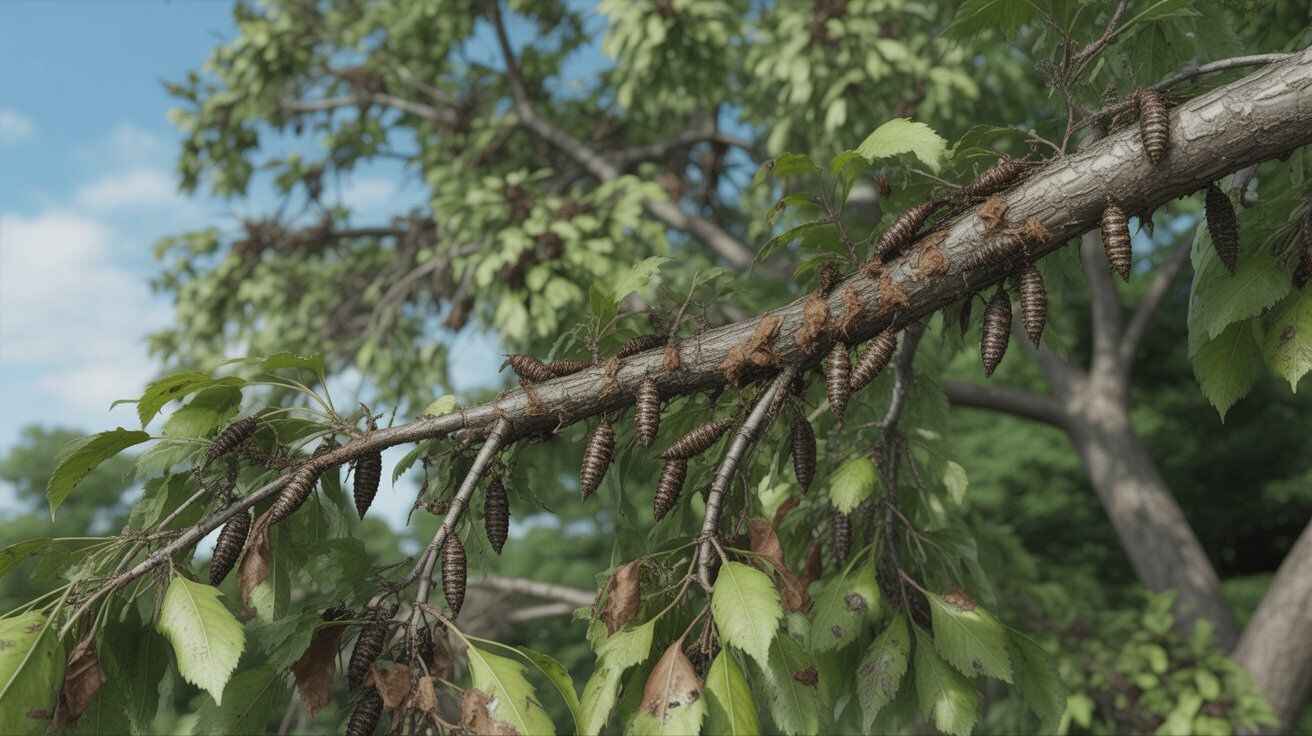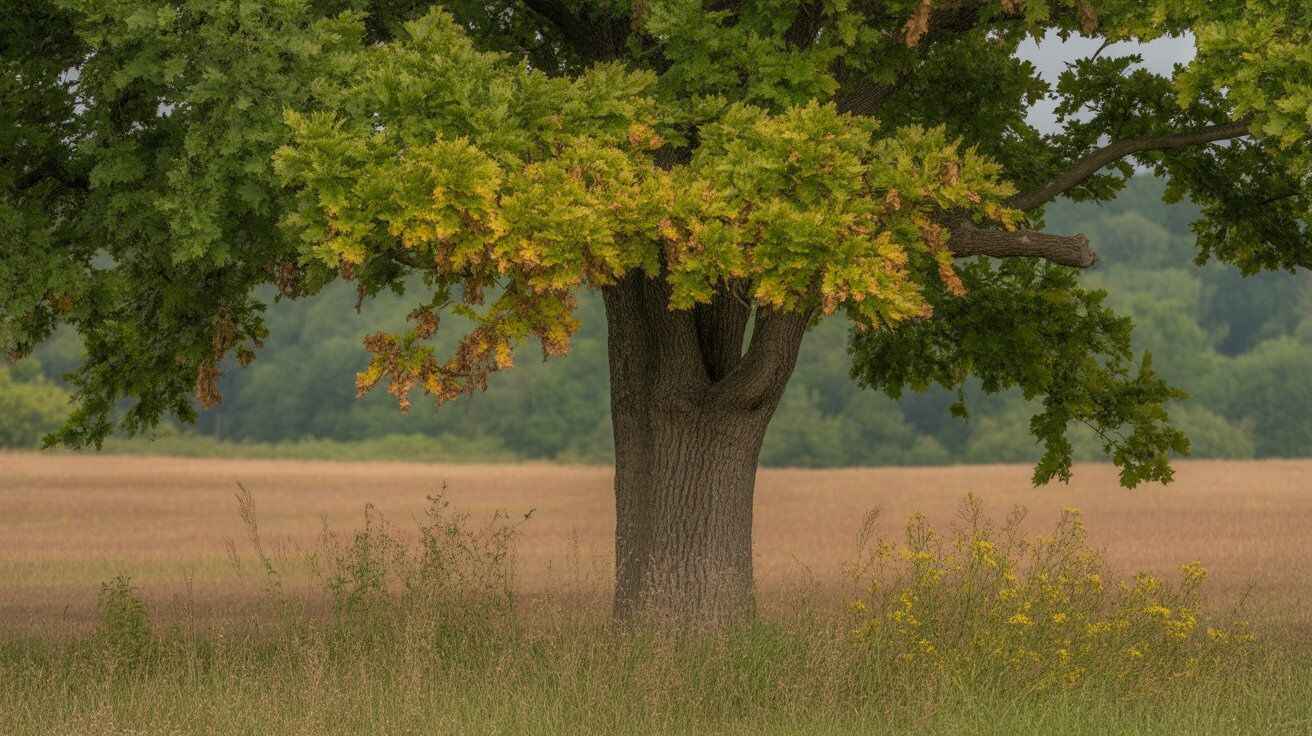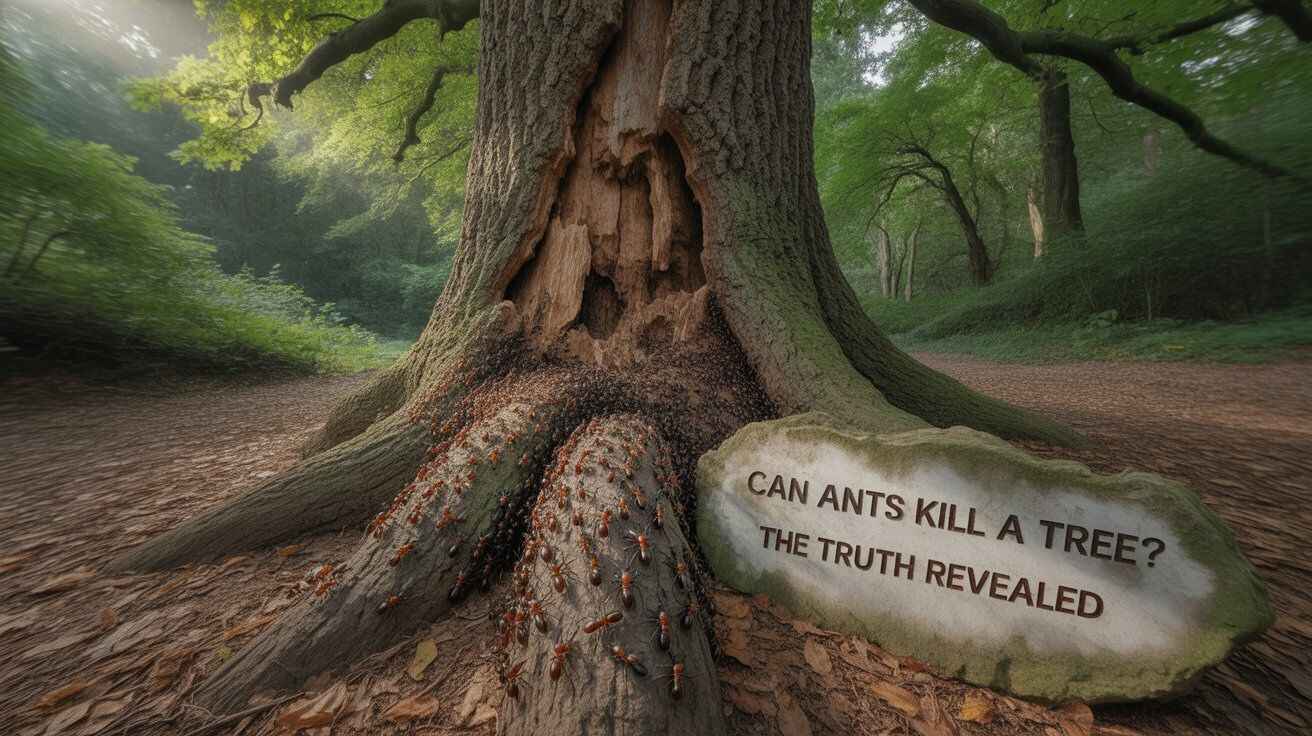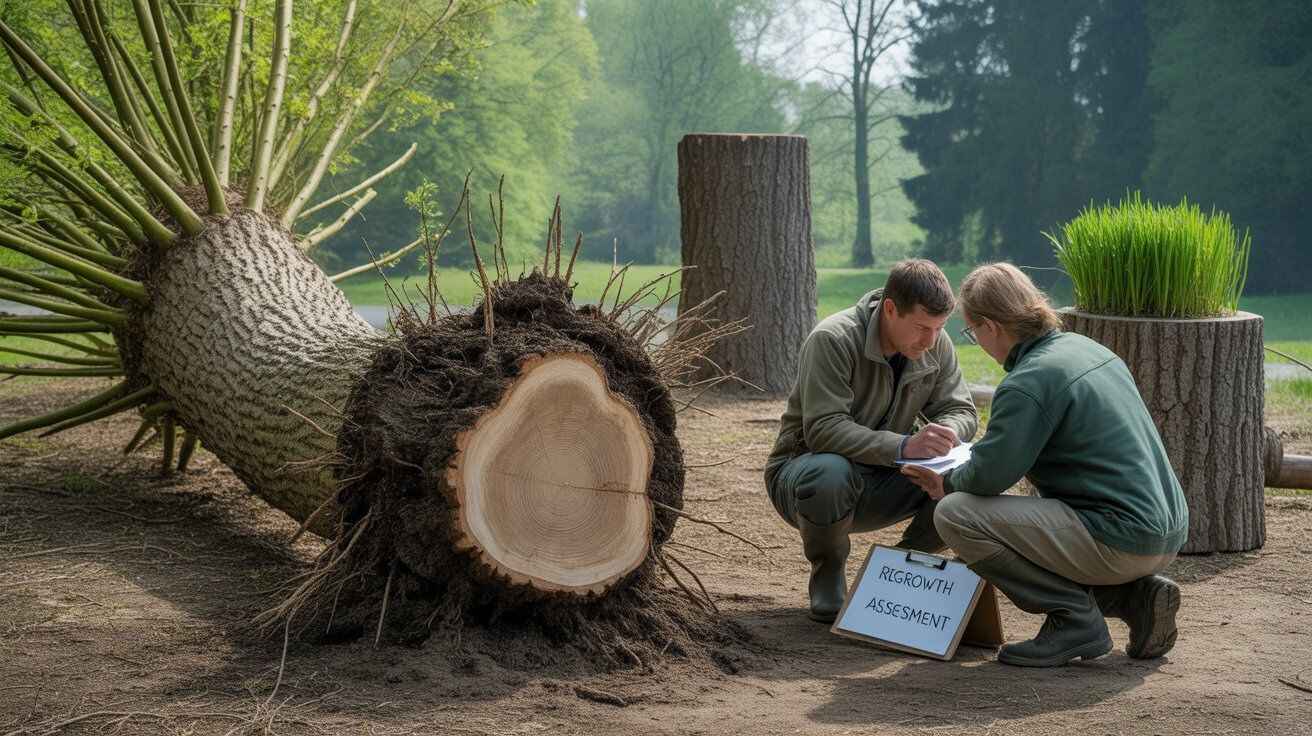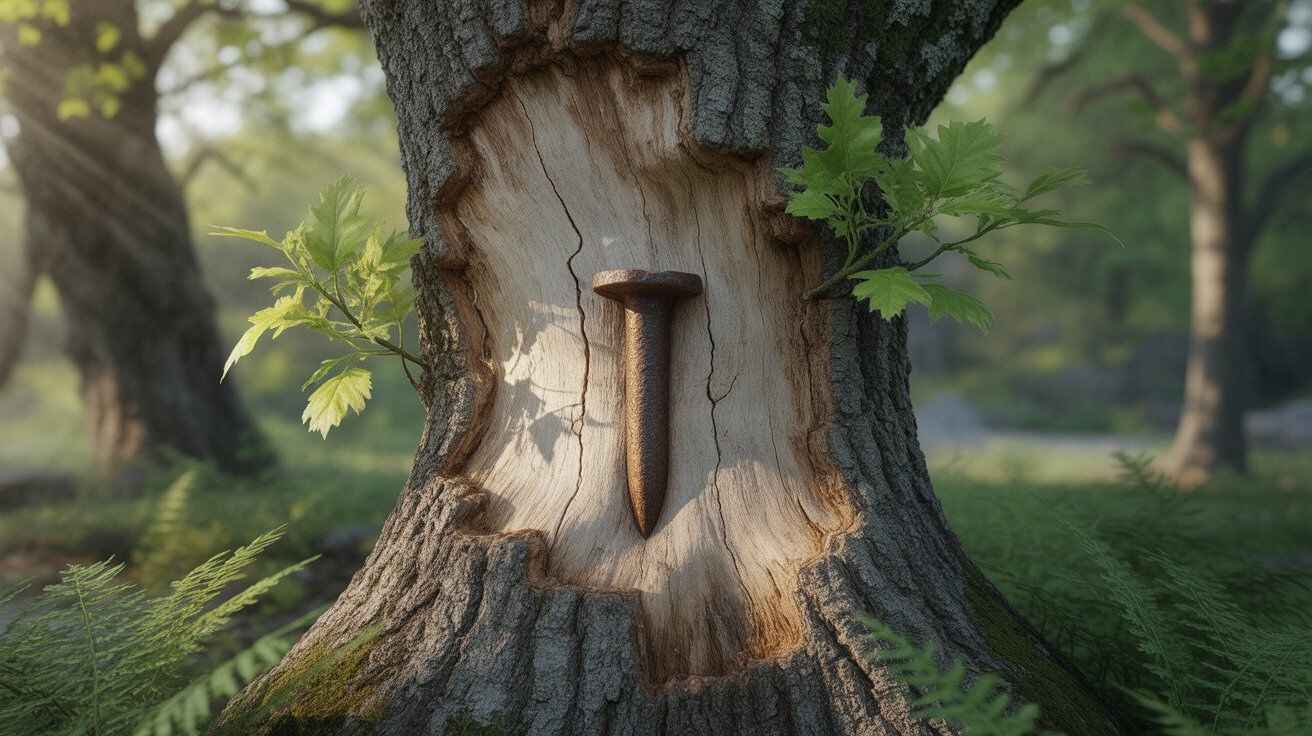Protect trees from bagworms with early detection, spotting bagworm bags, managing defoliation, and using safe control & prevention methods.
How Bagworms Damage Trees
Bagworms feed on foliage, defoliating branches and stressing the tree. Repeated infestations can cause twig dieback, browning tips, and reduced tree vigor, leaving trees more susceptible to disease and pests. Both evergreens and some deciduous trees can experience needle or leaf loss, which impacts photosynthesis and overall health.
Early detection of bagworm larvae and bagworm bags is crucial to prevent severe damage. Left unchecked, heavy populations of bagworms can significantly weaken or even kill vulnerable trees.
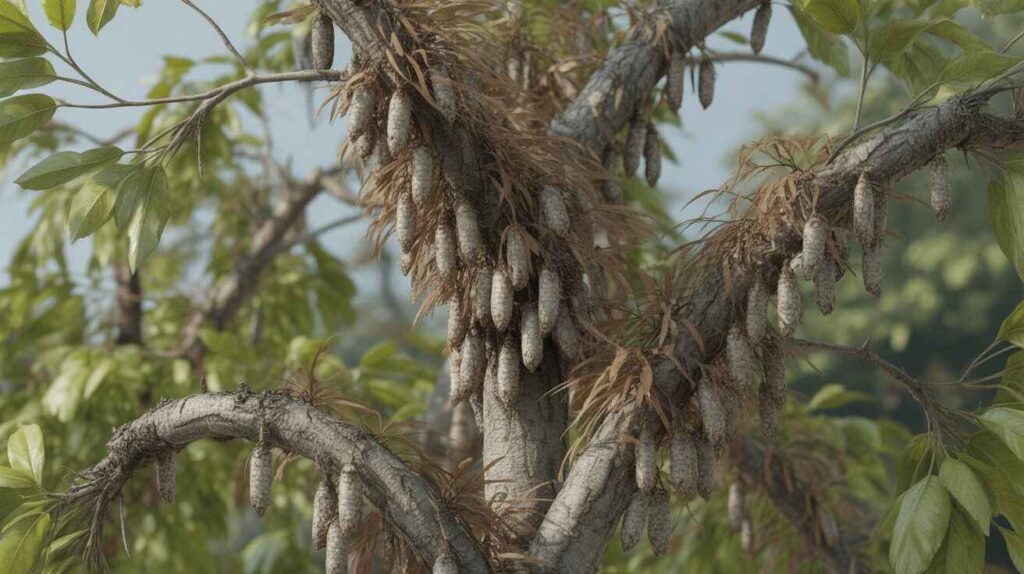
Can Bagworms Actually Kill a Tree?
While healthy trees rarely die from a small bagworm infestation, heavy populations can seriously weaken them. Continuous feeding reduces tree vigor, causing defoliation, twig dieback, and stress that leaves the tree vulnerable to disease and other pests.
Evergreens are especially at risk, as repeated needle loss compromises photosynthesis. Timely removal of bagworm larvae and bagworm bags, along with proper tree care, is essential to prevent severe damage and protect the long-term health of your landscape.
Signs of Bagworm Infestation
| Indicator | What to Look For | Cause / Explanation | Best Action |
|---|---|---|---|
| Bagworm Bags | Small, spindle-shaped bags on branches | Larvae camouflage with needles or leaves | Manually remove bags in early season |
| Defoliation | Browning tips, thinning foliage, twig dieback | Larvae feeding on leaves | Apply safe insecticides or remove affected branches |
| Active Feeding Period | Spring & summer | Larvae are most active during these seasons | Inspect trees weekly for early detection |
| Sticky Residue | Honeydew or other insect residues | Larvae feeding & excretion | Clean leaves, monitor for secondary pests |
| Weak Branch Growth | Stunted or damaged twigs | Nutrient loss and stress from feeding | Prune damaged areas and ensure tree health |
Effective Control Methods for Bagworms
Controlling bagworms early protects your tree from serious damage. Small infestations can be managed by handpicking bagworm bags and disposing of them. For larger populations, targeted insecticides such as Bacillus thuringiensis (Bt), spinosad, or neem oil are effective, especially when applied to young bagworm larvae.
Maintaining tree health through proper watering and pruning reduces stress. Encouraging natural predators, like birds and parasitic wasps, also helps limit bagworm populations and prevents repeated infestations.
Preventing Future Bagworm Infestations
Preventing bagworms starts with maintaining strong, healthy trees. Regular inspections during spring and summer help detect early bagworm larvae before they cause significant damage. Proper pruning removes weak branches and potential nesting sites, while correct mulching and watering reduce tree stress.
Encouraging natural predators such as birds and parasitic wasps further limits infestations. Consistent tree maintenance and vigilance can protect your landscape, reduce the likelihood of severe bagworm damage, and ensure long-term tree health.
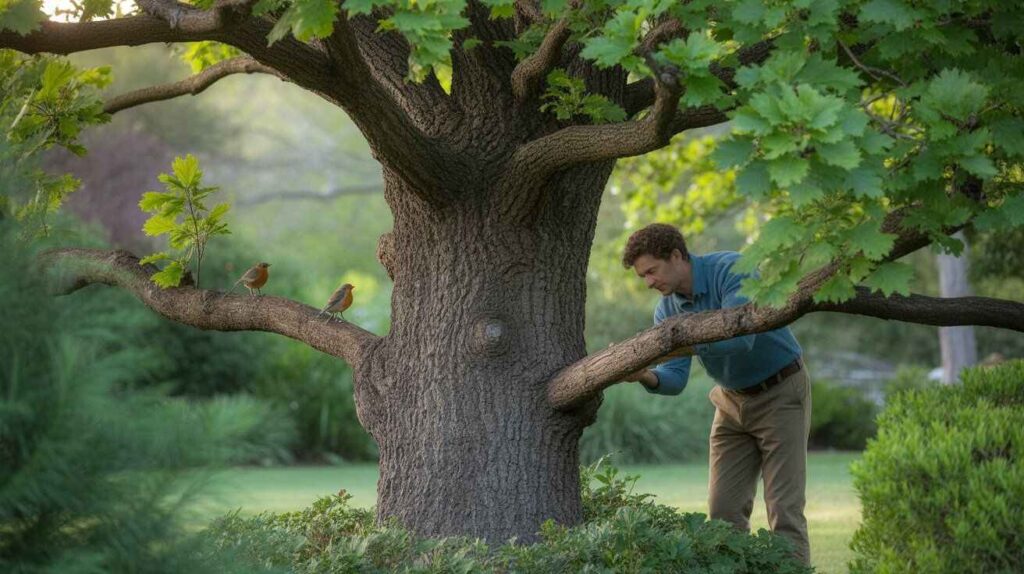
When to Consult a Professional
If bagworm infestations are severe or affecting large trees, it’s wise to contact a certified arborist. Professionals can assess tree health, identify hidden bagworm larvae, and apply targeted treatments safely.
Large evergreens or trees showing signs of defoliation, twig dieback, or reduced vigor benefit most from expert care. Consulting a professional ensures effective bagworm control, prevents further tree stress, and supports long-term landscape health, especially when DIY methods are insufficient or the tree is at high risk.
Frequently Asked Questions
Q1: Can bagworms kill a tree?
Heavy bagworm infestations can weaken a tree over time, sometimes leading to death if untreated.
Q2: Which trees are most vulnerable to bagworms?
Evergreens like cedar, juniper, pine, and spruce are highly susceptible, though some deciduous trees may also be affected.
Q3: How can I control bagworms naturally?
Handpicking bagworm bags, encouraging birds and parasitic wasps, and using Bt or neem oil are effective natural methods.

Jhanzaib Khan, with over 50 years of dedication to nature and tree conservation, is a leading authority in the world of trees and environmental care. From his early years exploring forests to guiding communities in sustainable tree planting, Jhanzaib has combined hands-on experience with a lifelong passion for the environment. He specializes in tree species identification, tree care, forest management, and environmental awareness. His insights have been featured in multiple nature blogs, workshops, and local conservation projects.

